Today, Data has become increasingly important for organizations. However, managing and deriving insights from the vast data can be challenging. A collaborative approach is crucial to tackle this issue, which is where DataOps comes in. This methodology combines DevOps principles with data management, allowing data engineers, scientists, and other stakeholders, including DataOps engineers, to work together.
As DataOps gains popularity, using specialized tools in a comprehensive dataops platform becomes essential. This blog will explore the essential capabilities of DataOps tools and highlight seven tools that can revolutionize how organizations handle their data.
Why are DataOps tools so important?
DataOps definition: DataOps refers to a set of practices and tools designed to streamline and automate the end-to-end data lifecycle, from ingestion to analytics. These tools aim to improve collaboration, enhance data quality, and expedite the delivery of insights.
Data Integration and Ingestion:
A robust DataOps framework and its tool should seamlessly integrate various data sources, whether on-premises or in the cloud. The ability to ingest data efficiently and transform it into a usable format is fundamental.
Version Control:
Like in software development, version control is crucial for managing data pipelines and workflow changes. A DataOps tool should enable versioning to track modifications and rollback changes and ensure reproducibility, supporting the efforts of the DataOps team.
Collaboration and Communication:
Effective collaboration is at the heart of DataOps. Tools should allow team members to communicate and collaborate effectively, fostering shared project work, exchanging insights, and providing real-time feedback. This is essential for the success of dataops companies.
Automated Testing:
To maintain data quality and accuracy, DataOps software must support automated testing. This includes data validation, integrity checks, and performance testing to identify and rectify issues early in development.
Monitoring and Logging:
Comprehensive monitoring and logging capabilities are essential for tracking the performance of data pipelines in industrial DataOps. Tools should offer immediate insights into the status of workflows, enabling teams to proactively address potential bottlenecks or failures.
Security and Compliance:
Ensuring the security and compliance of data with regulatory standards is paramount. DataOps tools should encompass encryption, access control, and auditing functionalities to manage sensitive information effectively and adhere to dataops best practices.
Scalability:
As data volumes grow, the ability to scale infrastructure is critical. DataOps tools should offer scalability to handle increased workloads and accommodate evolving business requirements.
Top 7 Must-Know DataOps Tools
1. Apache NiFi
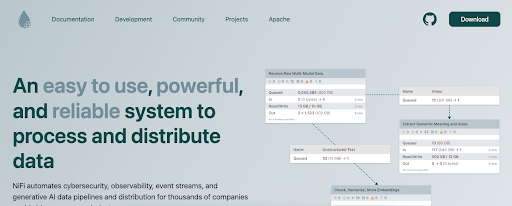
Apache NiFi is an open-source tool that provides a web-based interface for designing data flows. It supports the automation of data ingestion, movement, and transformation. With a user-friendly interface, NiFi simplifies the creation of data pipelines, making it accessible to both technical and non-technical users.
Key Features:
- Drag-and-drop interface for designing data flows.
- Support for various data sources and destinations.
- Built-in data provenance for tracking data lineage.
- Extensive security features, including SSL encryption.
2. Airflow
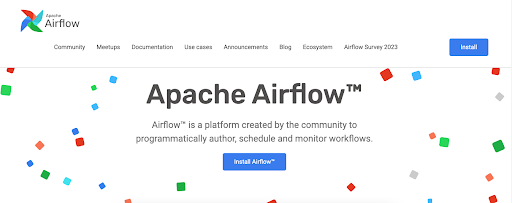
Apache Airflow is an open source platform designed for coordinating intricate workflows. Users can delineate, timetable, and oversee workflows in the form of directed acyclic graphs (DAGs).
Airflow's extensibility and flexibility make it a popular choice for managing ETL (Extract, Transform, Load) processes in DataOps.
Key Features:
- Dynamic DAGs for flexible workflow definition.
- Rich set of pre-built operators for everyday tasks.
- Extensive logging and monitoring capabilities.
- Integration with various databases and cloud services.
3. Databricks
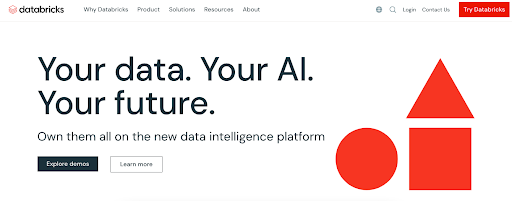
Databricks offers an integrated analytics platform that seamlessly incorporates data engineering, data science, and business analytics. It is built on Apache Spark and facilitates collaborative and scalable data processing. Databricks enables DataOps teams to collaborate seamlessly on big data projects.
Key Features:
- Collaborative workspace for data engineering and data science.
- Integrated support for Spark-based data processing.
- Automated cluster management for scalability.
- Version control and collaboration features.
4. dbt (data build tool)

dbt is an open-source tool designed explicitly for analytics engineering. It enables data analysts and engineers to efficiently manipulate data within their data warehouses. dbt focuses on the transformation layer of the data pipeline, providing a SQL-based approach to defining data transformations.
Key Features:
SQL-based transformations for data modeling.
Version control for analytics code.
Testing framework for data validation.
Documentation generation for data models.
5. Alteryx
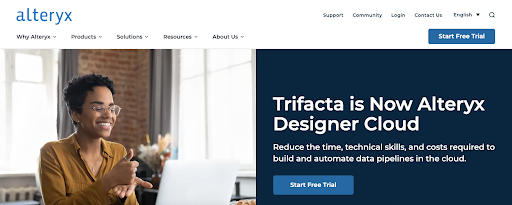
Alteryx is a data-wrangling tool that empowers DataOps teams to explore, clean, and prepare data for analysis. Its visual interface simplifies transforming raw data into a usable format. Trifacta is particularly useful for organizations dealing with diverse and messy datasets.
Key Features:
- Visual data wrangling with a user-friendly interface.
- Predictive transformations for automating data cleaning.
- Collaboration features for team-based data preparation.
- Integration with various data storage systems.
6. Matillion
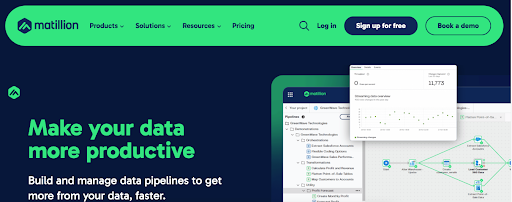
Matillion is a cloud-native ETL platform that simplifies the process of building and managing data pipelines in the cloud. It supports integration with popular cloud data warehouses and provides a range of pre-built components for rapid pipeline development.
Key Features:
- Native integration with cloud data warehouses.
- Drag-and-drop interface for building ETL pipelines.
- Extensive library of pre-built components.
- Collaboration features for team-based development.
7. StreamSets
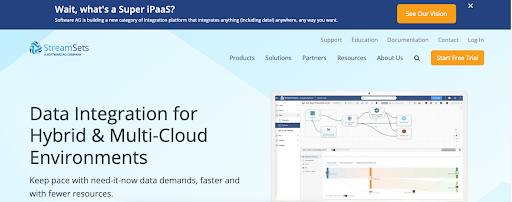
StreamSets is an open-source platform for designing, deploying, and operating data pipelines. It focuses on real-time data integration and supports various data sources. StreamSets' visual interface and flexible architecture make it a versatile choice for DataOps teams.
Key Features:
- Real-time data ingestion and transformation.
- Drag-and-drop interface for designing pipelines.
- Support for batch and streaming data processing.
- Monitoring and alerting capabilities.
Conclusion
Adopting a DataOps approach is crucial for organizations seeking to derive actionable insights from their data in data operations management. The tools mentioned above offer essential capabilities to streamline the DataOps lifecycle, from data integration to analytics. Whether focused on data engineering, analytics engineering, or a combination of both, the right tool can significantly enhance collaboration, automate workflows, and ensure the reliability and security of your data pipelines.
Subscribe to Saffron Tech
Explore your marketing zen with our newsletter! Subscribe now.




